The ADHD-Friendly Morning Routine: Start Your Day Without Chaos
How to Create a Calm, Consistent Start — Even When Your Brain Feels Like a Pinball Machine
Mornings with ADHD are not just “a little tough.” They can feel like trying to solve a Rubik’s cube while being chased by a goose. The alarm blares, your brain is foggy, and suddenly you’re standing in the kitchen wondering how it’s 10:13 a.m. and why your coffee is in the microwave… again.
Sound familiar? Yeah. Me too.
Before I understood my ADHD, I thought I just sucked at mornings. I’d hit snooze so many times it felt like a sport. I’d forget essentials, mismatched my socks (and sometimes shoes), and leave the house running on empty — both literally and emotionally. No breakfast, no plan, just vibes and executive dysfunction.
It’s not laziness. It’s not a moral failing. It’s neurobiology. ADHD brains struggle with time perception, transition inertia, and low dopamine in the a.m. — aka, mornings are like trying to launch a rocket with zero fuel.
But here’s the good news: You don’t need to become a Type-A morning warrior. You just need a routine that works withyour brain instead of against it. And no, it doesn’t need to be rigid or color-coded (unless you’re into that).
In this post, I’m sharing small, practical morning routine shifts that have actually helped me — someone with time blindness, low executive function in the a.m., and a deep love for cozy distractions. These aren’t magic tricks. They’re ADHD-friendly tweaks that make mornings less chaotic and more doable.
Why Mornings Feel So Impossible with ADHD
🧠 Decision Paralysis: You open your closet and get stuck. What to wear? What to pack? So many options — no brain bandwidth.
🕒 Time Blindness: Five minutes turns into thirty, or vice versa. The clock loses all meaning.
😩 Low Dopamine = Low Motivation: Your brain isn’t fully awake and it’s already out of spoons.

“You don’t need to be a morning person — you just need a system that’s ADHD-friendly.”
Simple ADHD Daily Routine Hacks That Actually Work
As an Amazon Associate, I earn from qualifying purchases. This post contains affiliate links, which means I may earn a small commission if you purchase through my links. This supports my work at no extra cost to you.
1. Prep the Night Before
Why This Works for ADHD Brains:
ADHD makes it way too easy to put off stuff we don’t feel like doing — even if Future Us is the one who pays for it. We know tomorrow will be harder if we don’t pack our bag or pick out clothes, but our brains often struggle to emotionally connect with that future consequence in the moment. It’s like our impulse control and time perception team up to say, “Eh, that’s Tomorrow Me’s problem.”
The problem? That “tomorrow” piles up.
Future You isn’t just dealing with one forgotten task — she’s trying to find socks, charge her laptop, hunt down meds, and maybe scrape dried smoothie out of a to-go cup she meant to clean “real quick” three days ago. And of course, ADHD you still wants to be doing something more interesting than any of those boring-but-necessary things first thing in the morning.
That’s why prepping at night is a kindness to your overwhelmed, overstimulated, very-much-not-a-morning-person self. It’s like leaving little breadcrumbs for your brain to follow before it fully boots up.
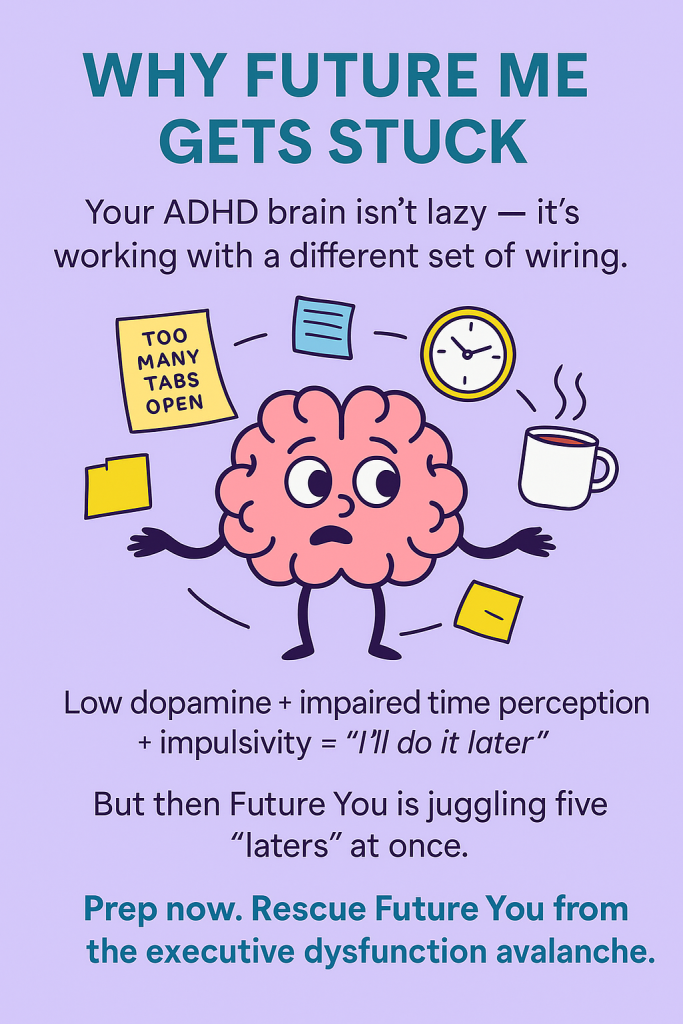
Real-life ADHD tip:
SI do this while watching a comfort show or listening to a podcast. I’ll lay out my clothes like I’m curating a museum exhibit of “this’ll do,” and throw a granola bar in my bag like it’s my last act of responsibility for the day.
Even just five minutes of prep can prevent 30 minutes of chaos in the morning. Think of it like a gift to your future self — who deserves smooth vibes and matching socks.
💡 Add a dopamine boost! Cozy lighting, slippers, lo-fi music — make it feel like a wind-down ritual, not a chore.
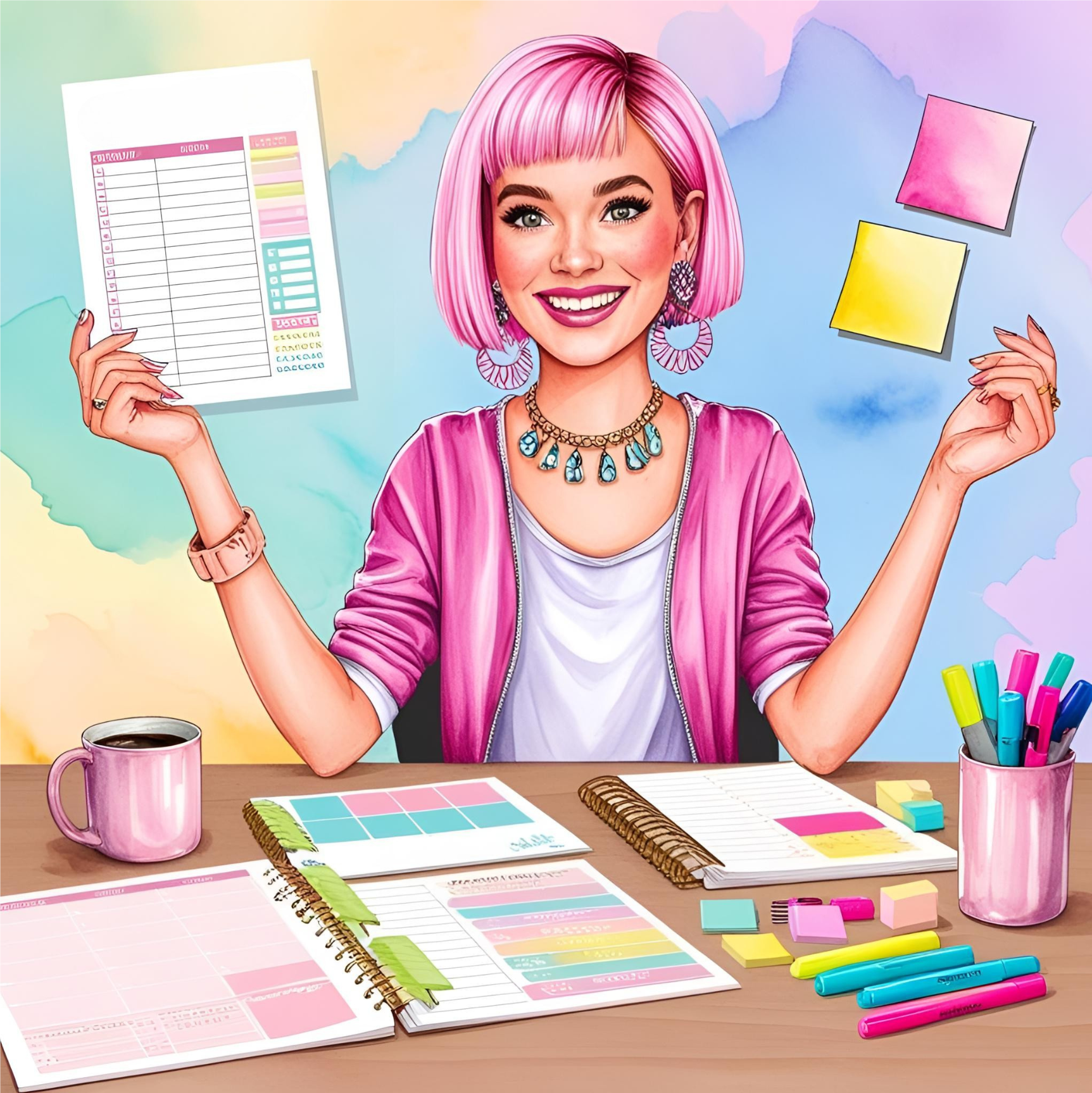
💌 Want more ADHD-friendly tools?
Check out my printable organizers for ADHD brains!
2. Create a “Landing Zone”
A landing zone is a dedicated spot — right by the door, next to your desk, or wherever your arms naturally drop things — where your essentials always land. ADHD brains are constantly doing scavenger hunts they didn’t sign up for. A landing zone means you stop losing your essentials because they never leave their home base.
Bonus if it’s visual. ADHD brains remember what they see. A pretty tray, command hooks, or even a loud basket = dopamine + functionality.
What goes there?
- Meds (if you take them)
- Wallet
- Keys
- Headphones
- ID badge
- Sunglasses (if you’re sensory-sensitive like me)
💡 Real-life ADHD tip:
I put a little tray by my front door with a “nope, don’t move this again” rule. It has my essentials and only my essentials. If I try to toss in a random receipt or hair clip, I pretend it’s cursed.

Everything you need is right where you’ll see it.
3. Time Yourself (ADHD-Style)
Why it works:
Why it works: ADHD comes with time blindness. We feel time differently — like it’s either “now” or “not now.” Timers give us structure without stress.
I use 3 alarms most mornings:
- “Start getting ready”
- “You have 5 minutes left”
- “Put on shoes and grab stuff”
Without them, I absolutely end up hyperfocused on organizing my bookshelf at 8:45 a.m. (yes, this has happened).
What helps:
- Phone alarms with custom names like “Brush your teeth before your brain scrolls again”
- Morning playlists (10-minute playlist = “get dressed”)
- Visual timers — you see time shrinking (and that makes sense)
A visual timer like the Time Timer MOD shows time disappearing, so your brain can track it in real time. It’s perfect for chores, work sessions, or reminding you that yes, your pasta has been boiling for 20 minutes.
💡 Tip: Put it somewhere you can’t ignore. ADHD brains respond better to visual, spatial cues than silent digital ones.
4. Simplify Your Routine
Why it works:
More steps = more chances to stall, get overwhelmed, or abandon ship. A simplified routine creates momentum.
Don’t aim for perfection. Stick to your core tasks in the morning:
✅ Water
✅ Food
✅ Meds (if you take them)
✅ Clothes
✅ One “win” (something that makes you feel ready — even if it’s lip balm or socks that match)
Reality check:
Some days I skip skincare. Some days I grab a protein bar and leave the house in whatever I slept in. That’s still a win. The goal isn’t to do everything — it’s to do the things that help your brain function.
💡 Pro tip: Shift bigger tasks (email, deep thinking, chores) to later. Mornings are for surviving, not conquering the world.
💌 Need more help with time management?
Check out my ADHD-friendly printable planners and routine builders.
Quick Morning Checklist for ADHD Brains
✅ I know what I’m wearing
✅ Bag is packed & by the door
✅ Timer is set for each step
✅ Essentials are in the landing zone
✅ My routine has room to be imperfect 💜
Why This Works: The Neuroscience Behind It
A study from Neuropsychology Review found that externalizing memory aids (like landing zones or visual checklists) can significantly improve task follow-through in adults with ADHD.
Time perception studies confirm that structured cue-based reminders (like alarms) help offset time blindness.
Neurodivergent routines don’t need to be rigid — they need to be repeatable and forgiving.
Final Thoughts: Make It Yours
You don’t need a flawless morning routine — just one that helps you feel a little more human before noon.
ADHD-friendly routines aren’t about getting everything done. They’re about building gentle systems that reduce chaos, offer clarity, and make life feel just a bit more manageable. Mine changes week to week. Some mornings I journal and stretch. Some mornings I eat a granola bar while sitting on the floor in yesterday’s hoodie. And honestly? Both count.
The key is building a flexible rhythm that feels like you — one that’s not built on shame, but on self-understanding.
Start with one habit. Try one timer. Set up one landing zone. ADHD progress isn’t linear, but it is possible.
So here’s your permission slip to be imperfect. Be a little late. Forget a step. Start over. And celebrate the little wins like they’re gold stars — because they are.
Take a deep breath. You’ve got this.
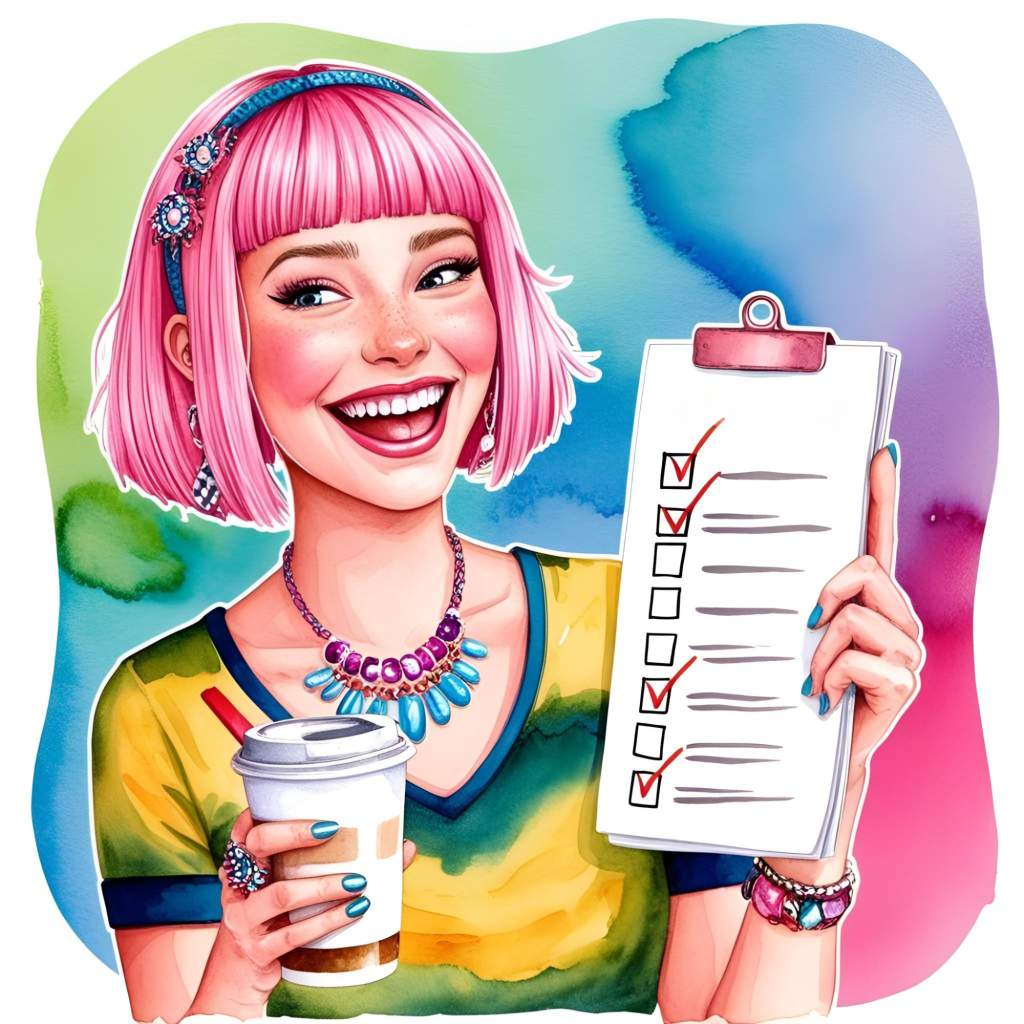
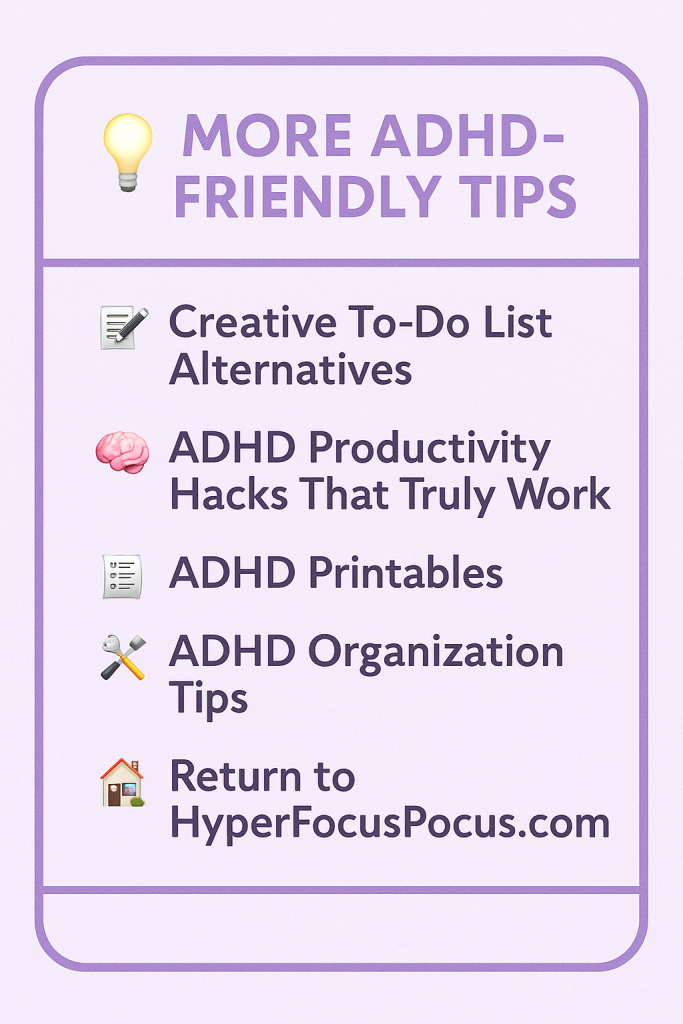
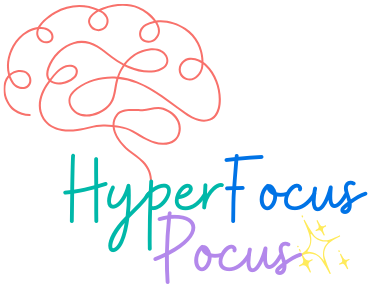
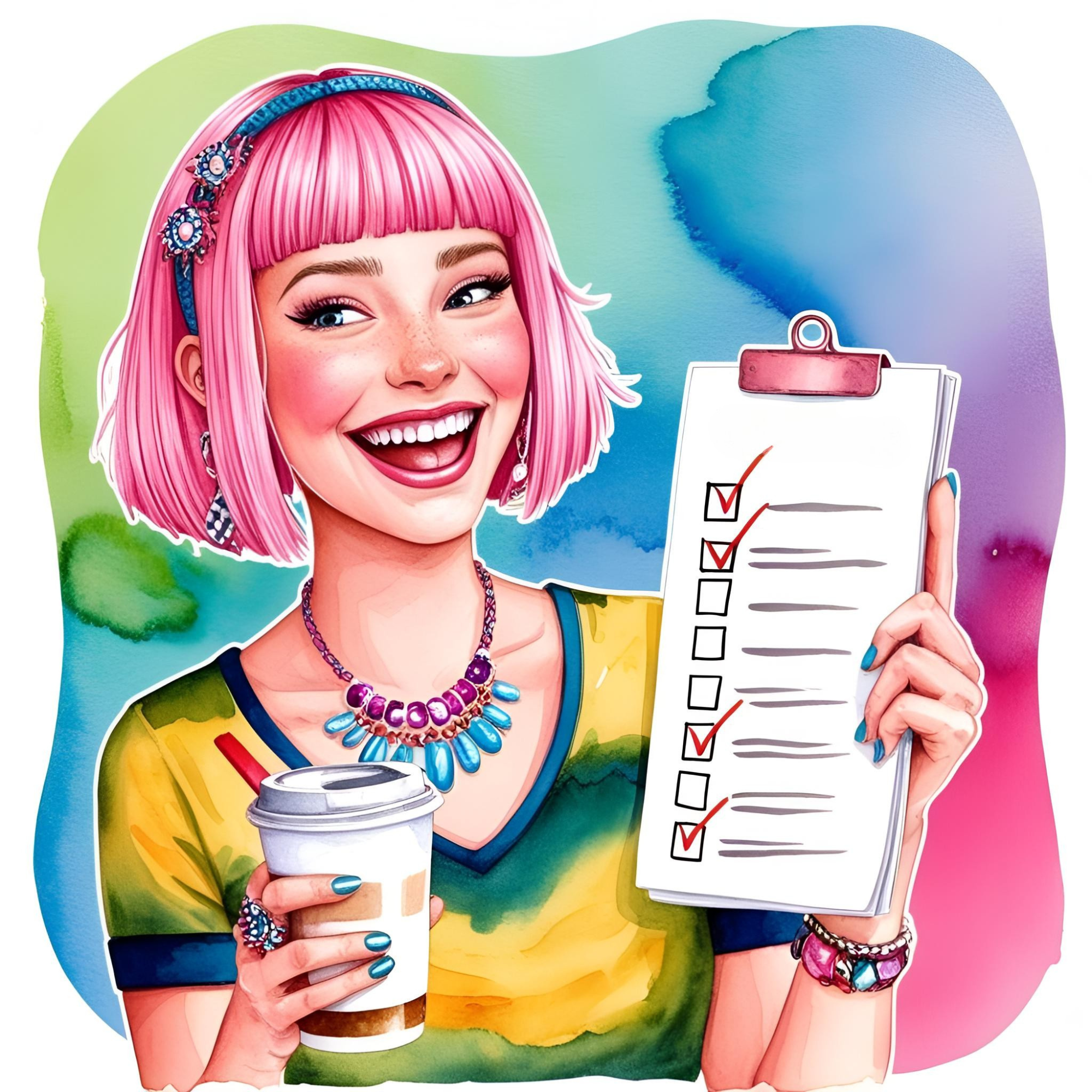
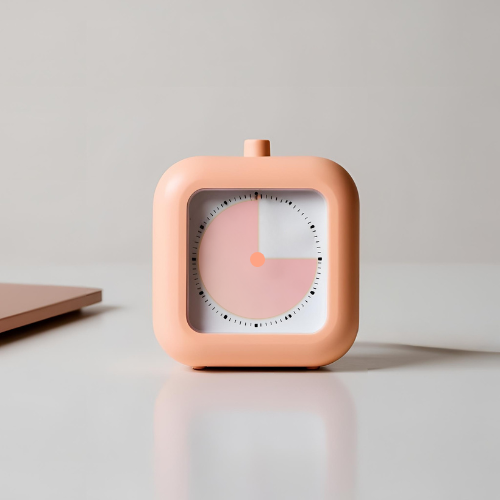
11 Comments